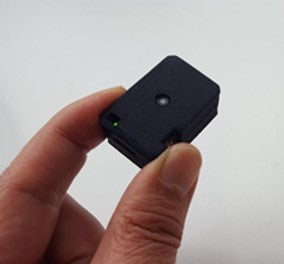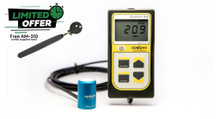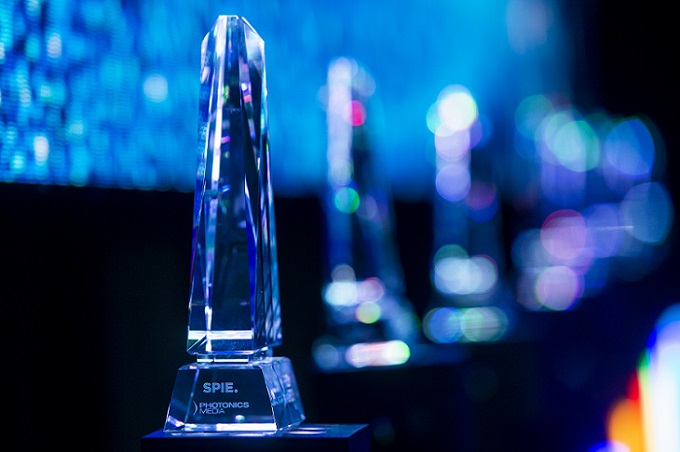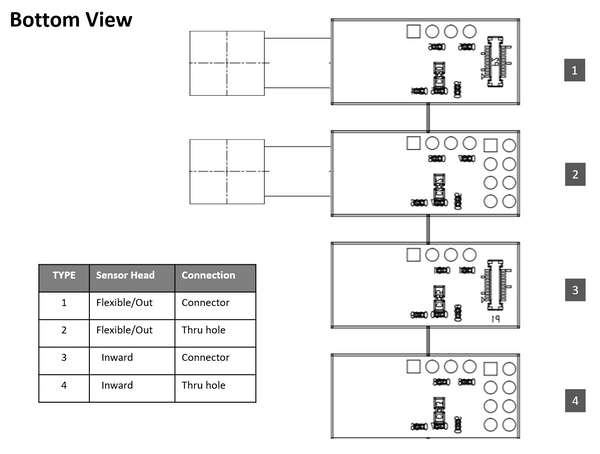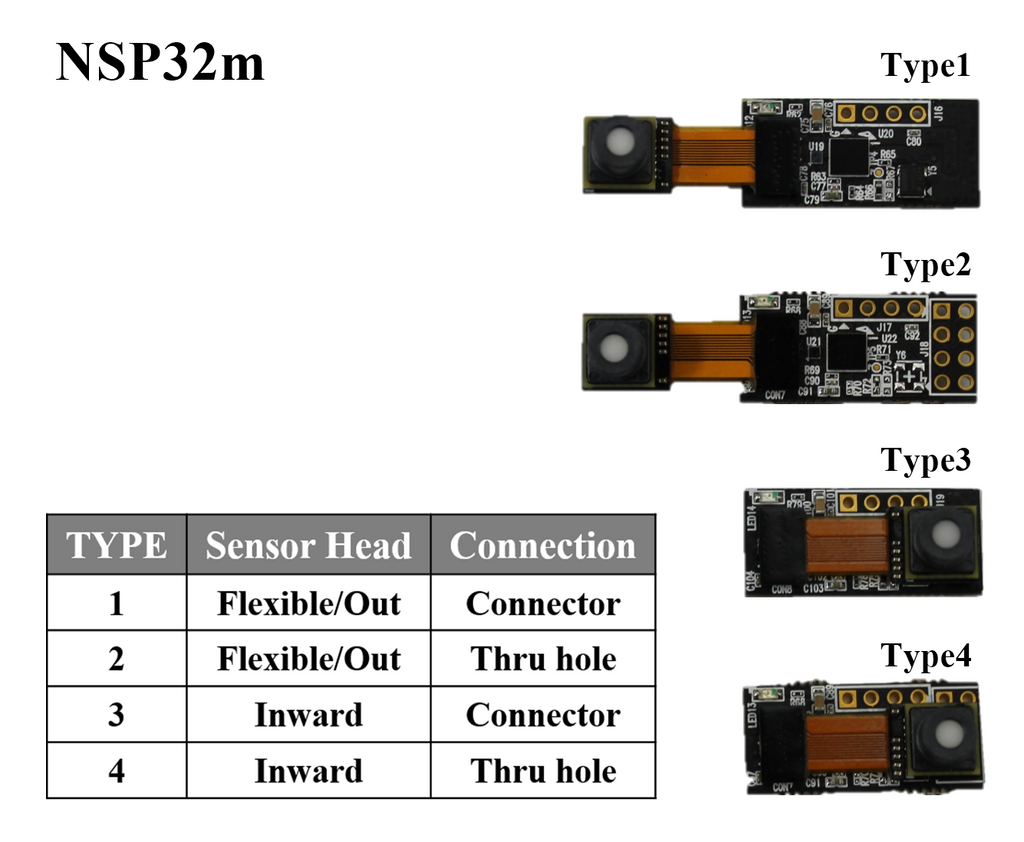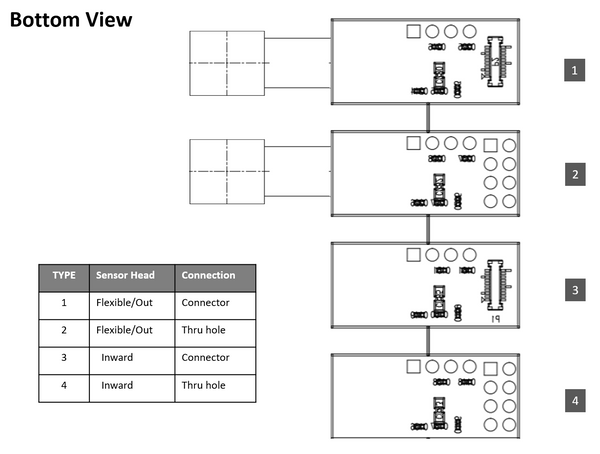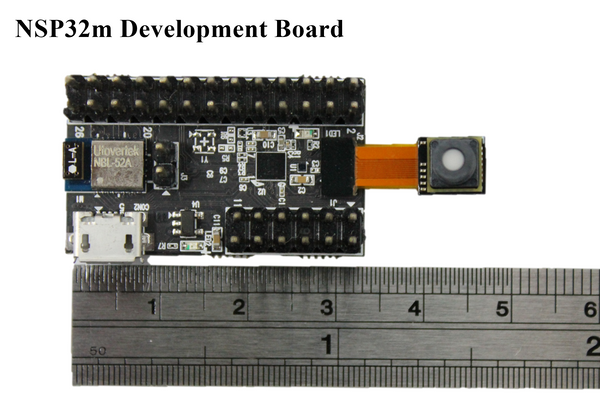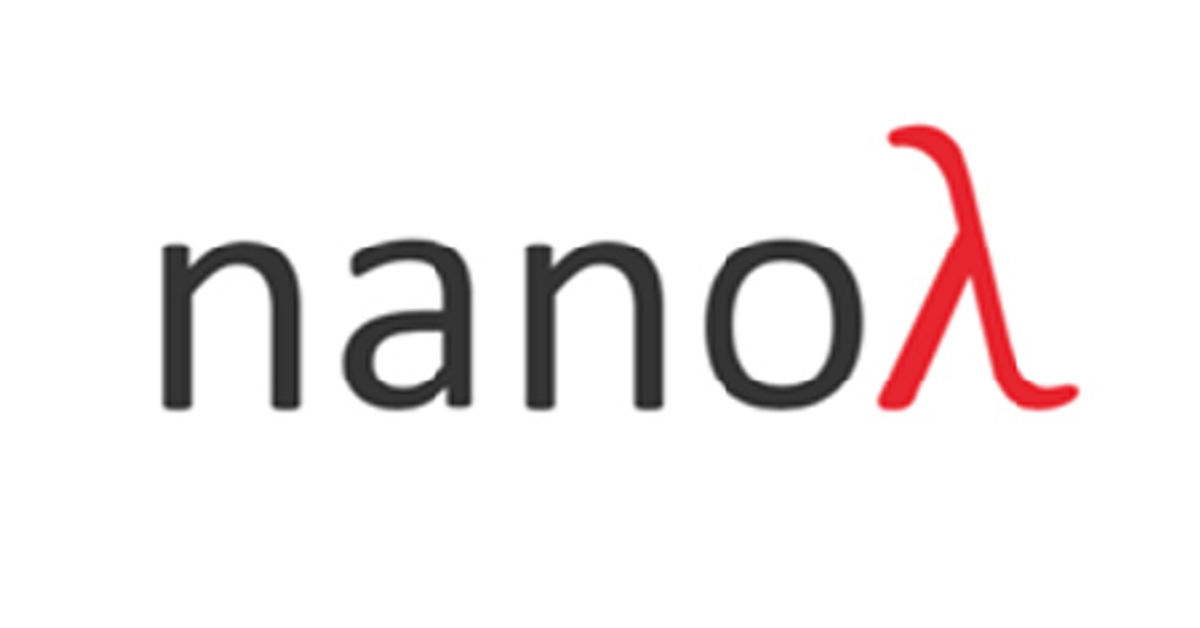XL-500 BLE Spectroradiometer measures SPD, PPFD, Lux, CCT etc..
Brochure is here
http://165.227.7.198/Resources/Release/Brochure_XL500_v1.1.0.pdf
It uses NSP32, an innovative digital nano spectrometer.
NSP32 was awarded Prism Award 2021, recently, in Smart Sensing category.
Earlier today during the Prism Awards, SPIE, the international society for optics and photonics, and Photonics Media recognized top optics and photon

www.photonics.com
XL-500 is available at
https://nanolambda.myshopify.com/
Contact:
[email protected]
Welcome to the jungle Sr Bill Choi... my best wishes for you...I love your hardwares...but im too poor to try right now...maybe in the future i can get some money and try to use your Spectroradiometers... mucho Amor para ustedes...
A Tiny Spectroradiometer measures 340 nm to 1010 nm for Agriculture
Daejeon Korea, June , 2020 – nanoLambda, a leading spectral sensor company, announced a new version of XL-500, with an extended range from 340 nm to 1010 nm, measuring UV, Visual and NIR ranges all at the same time.
The tiny BLE spectroradiometer XL-500 measures and records light spectrum with absolute power values, not only SPD (W/m2/nm) but also PAR/PPFD (umol/m2/s/nm) and DLI for agriculture.
Also 5 different Lux (lm/m2) values for human centric lighting and CCT (K), CRI, and CIE values for color are measured.
nanoLambda packed all these functions with rechargeable battery and Bluetooth Low Energy (BLE) into an light weight and compact size (28 g @ 39 mm x 26 mm x 16 mm).
Users can set the measurement period and interval to measure the light spectrum continuously over several weeks at one battery charge.
Android apps and iOS apps are available for free, designed for lighting researches and industrial uses in plant, animal and human centric lighting fields.
“We hope this extended measurement range, UV range below 400 nm and Far Red 700 nm – 850 nm, would help the industry to figure out the more complete recipes of spectrum, monitor and control the effective spectral nutrient for different plants at different growth phases, to improve yield and quality,” said Bill Choi, CEO of nanoLambda, “Also, we are open to collaboration for further improvement or customization.”
XL-500 is available online for purchase, along with other spectral sensor products for various nondestructive or noninvasive sensing applications.....
About nanoLambda
nanoLambda is a leading spectral sensing company, making nondestructive agri-food sensing & noninvasive personal health monitoring with clinical accuracy, available anywhere.
nanoLambda's unique digital nano fusion technology enables ultra compact low cost optical spectrometer, affordable for mobile, wearable and any IoT devices.
Jun 23rd, 2020
...maybe i prefer your V1 or W1 and the Dev Board models... im prefer the diy way...more economic...and learn and fun a bit more...

One integrated module (Datasheet) with NSP32 spectrum sensor and on-board MCU (all calibrated) with SPI ( or UART) interface See Resources for a full support of documents and API(s) ** Please select and order PC(power Calibrated) for Lighting Applicationss. (W/m2, Lux, PPFD etc..) 1PC, 2PC...

nanolambda.myshopify.com
One integrated module (Datasheet) with NSP32 spectrum sensor and on-board MCU (all calibrated) with SPI ( or UART) interface See Resources for a full support of documents and API(s) ** Please select and order PC(power Calibrated) for Lighting Applicationss. (W/m2, Lux, PPFD etc..) 1PC, 2PC...

nanolambda.myshopify.com
NSP32m + BLE+ IO PINs (I2C, SPI, GPIO) BLE : nRF52832 module with Antenna Free API for nRF52832 BLE, Android, Raspberry Pi, Arduino and Desktops Check DBK Quick Guide and check Resources for a full support of documents and API(s) ** Please select and order V1 PC or W1 PC for power...

nanolambda.myshopify.com
NEED HELP REGARDING SOFTWARE AND HARDWARE If you are facing any difficulty in running, compiling, or building the GUI application and examples or need some assistance regarding software and hardware, please send an email at
[email protected] . Please include in your email all of the following...

nanolambda.myshopify.com
For NSP32m & NSP32m DBK A wide range of platforms are supported: NSP32m datasheet DBK Quick Guide nRF52 BLE and Android Example Arduino Example Raspberry Pi Example Desktop C# Example, Java Example, Python Example, Win10 BLE entry example. MATLAB and LabVIEW example Click here for all free...

nanolambda.myshopify.com
sorry for my bad english write...
...curious imagen.... Ledtonic...MQ500...SQ500?...okok...no problemo bro...im more inclinated to PBAR than PAR...

...and more inclinated to the diy way than buy comercial things...but hey...there are too curious things on both sides...

...gracias por los like bros...este no lo borrare yo...
http://plantphenotyping.com/documents/Imaging_Sensors_brochure.pdf
Paz Y Amor...en 2021 aun mucho mas...
Saludos desde Tenerife - Islas Canarias
 www.hoptek.net
Hoptek seems to be the manufactorer.
www.hoptek.net
Hoptek seems to be the manufactorer.
